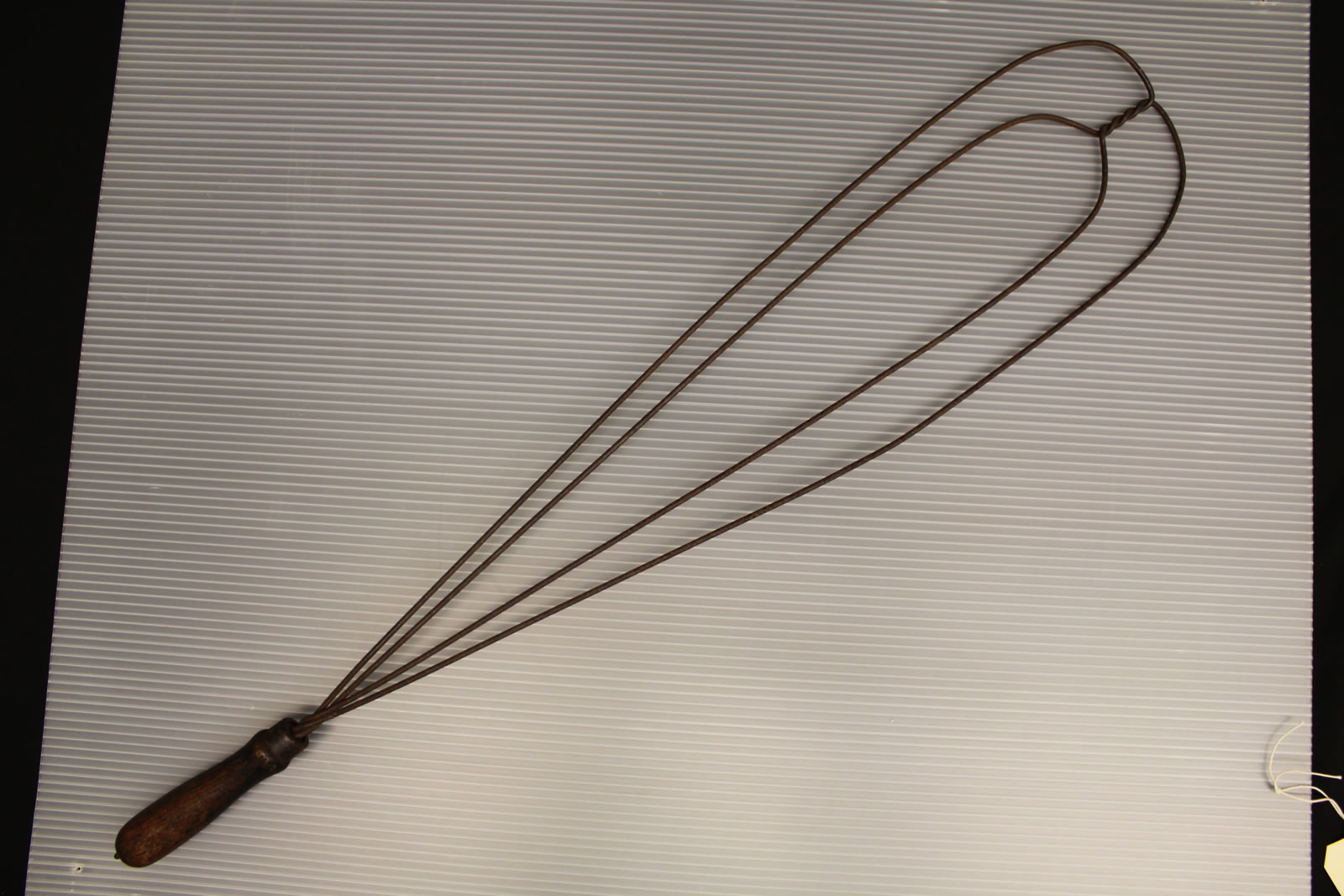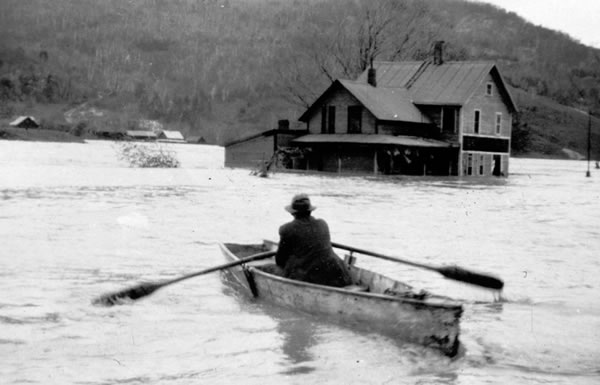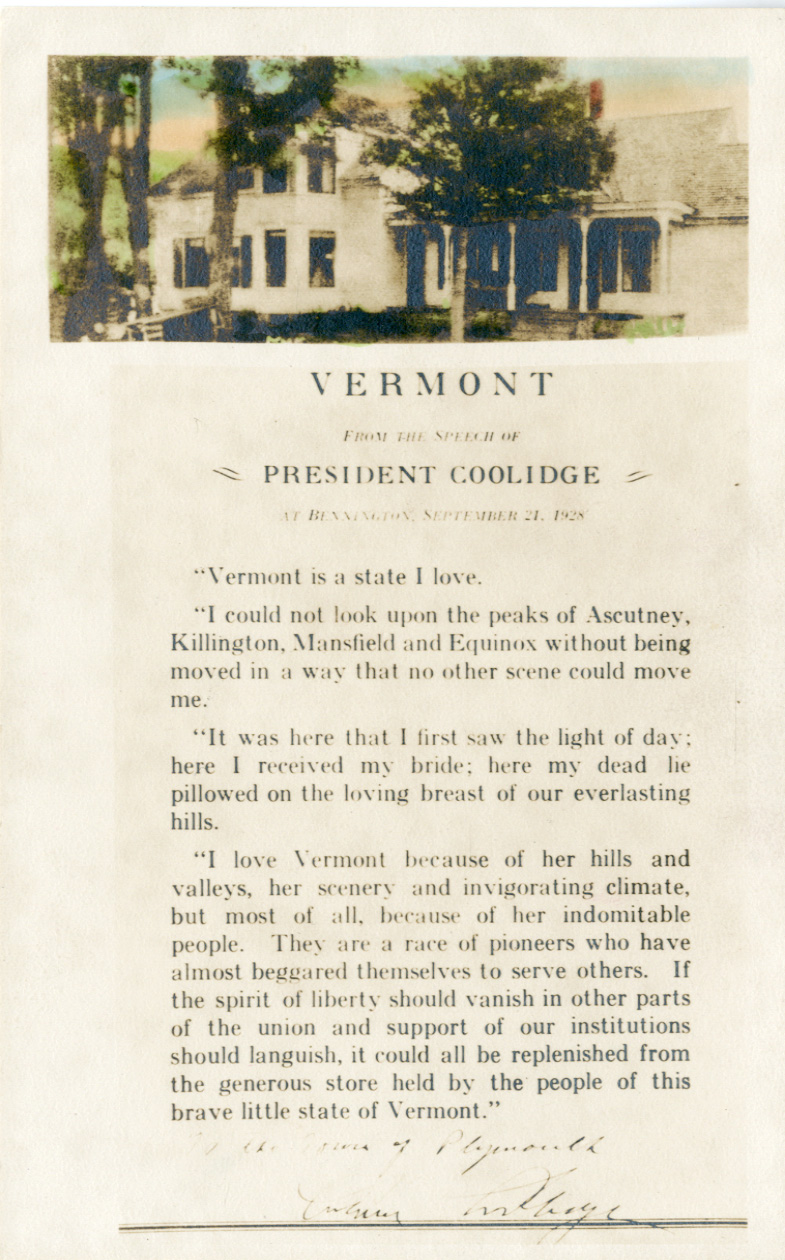Vermont’s Great Flood
This Episode’s Featured Object: Rugbeater
I certainly remember handling lots of things in the house that were still gritty to the touch. You just had to look at the rugs and you could see that thin film of silt that was still left over that couldn’t be beaten out.

Related Artifacts
Episode Transcript
Pauline St. Louis: Well, I was having a day off. And I was so happy in the morning because it was raining and I love to sleep when it is raining. I thought it was beautiful.
The water came down from the mountains and pooled in the valleys. By Thursday afternoon, rivers swelled their banks.
Pauline St. Louis: I went upstreet later in the day, and a friend of mine that lived across the road had his little Ford, and he said, you better let me take you home, because if you don’t you’re not gonna get back.
Plenty of early Vermont towns had been settled on high ground. But during the Industrial Revolution, town centers were built alongside rivers to generate power. By the late 1920s, more Vermont towns than ever were situated next to the water.

